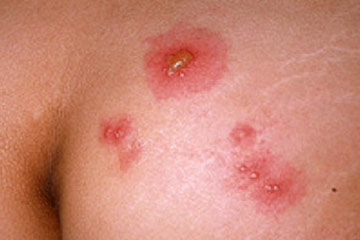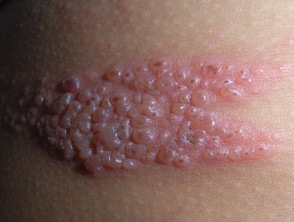Asthma treatment Inhalers
Many asthma medicines–both quick–relief and long–term control medicines–come as sprays and powders in an inhaler. An inhaler is a hand–held device that delivers the medicine right to the airways in your lungs where it is needed. There are several kinds of inhalers:
The metered dose inhaler (MDI) is a small canister that delivers a measured dose of medicine through your mouth to your airways.
A dry powder inhaler (DPI) delivers a pre–set amount of asthma medicine in powder form.
Different types of inhalers require different ways to use them. It is important for you to learn how to use your inhaler correctly. Read the instructions that come with it. Also, ask your doctor, pharmacist, or other health care professional to show you how to use it. Then try it yourself and ask him or her to make sure you are using it the right way.
Spacers And Valved Holding Chambers
A spacer or valved holding chamber can make using an MDI a lot easier. It can also decrease the amount of medicine that lands on your tongue or in the back of your mouth. This reduces irritation to your throat and increases the amount of medicine that gets down into your lungs where it belongs. There are many kinds of spacers that can be chosen to fit your needs.
- Some have a mouthpiece.
- Some have a facemask that comes in different sizes to fit infants, children, and adults.
- Many spacers fit on the end of an inhaler; for some, the canister of medicine fits into the device.
- Some MDIs come with built–in spacers.
Spacers are not needed for dry powder devices.
Spacers also come with instructions on how to use them and keep them clean. It's important to ask your doctor, pharmacist, or other health care professional to show you how to use a spacer with your MDI. Then try it yourself and ask him or her to make sure you're doing it correctly.
Nebulizers
A nebulizer is another device for taking inhaled medicines. It provides the medicine in a fine, steady mist. Using a nebulizer is usually easy; you simply breathe in and out normally through a mask or mouthpiece connected to the nebulizer. But it takes more time to use than an inhaler. It's also more expensive and requires more maintenance. Instructions for using different nebulizers vary, so follow the instructions on the package insert.
Nebulized asthma medicine may be especially useful for infants, young children, and adults who have trouble using an inhaler.
Regardless of which of these devices you use, you have to use them the right way, or you won't get all the medicine into your lungs. The best way to learn to use these devices correctly is to ask your doctor, pharmacist, or other health care professional to show you how. Then demonstrate it back to him or her to make sure you have it right. For more information, see general steps for how to use a metered–dose inhaler, dry powder inhaler, and nebulizer.
Source
So You Have Asthma A Guide for Patients and their Families
National Heart, Lung, and Blood Institute (NHLBI)






